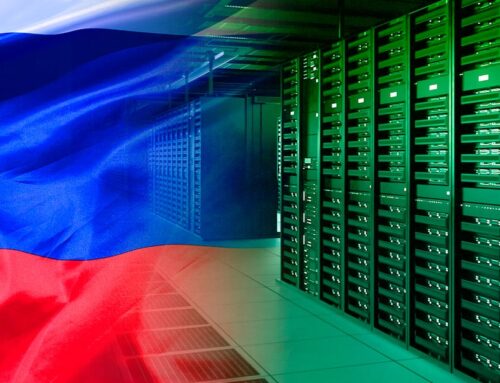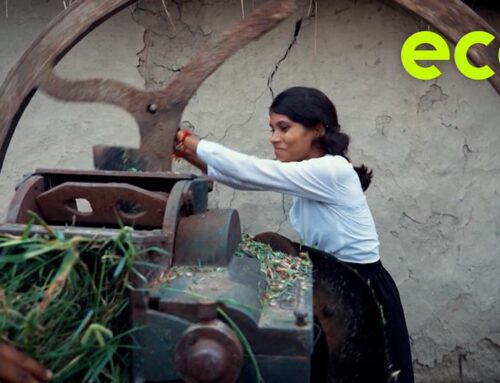The critical role of public capital in financing India’s green steel development
November 27, 2025
India’s steel industry stands at a critical juncture. The country is looking to expand its steel capacity from 180 million tonnes (Mt) to 300Mt by 2030, driven by infrastructure and development needs. However, this growth relies predominantly on producing steel through carbon-intensive Blast Furnace-Basic Oxygen Furnace (BF-BOF) technology. Producing one tonne of steel in India results in roughly 2.6 tonnes of CO₂ emissions — approximately 25–38% higher than the global average. The steel sector, which accounts for an estimated 12% of India’s total greenhouse gas emissions, is the country’s largest industrial emitter.
This presents both a challenge and an opportunity. Globally, despite US$9 trillion in renewable energy investment since 2010, industrial processes remain 80–85% dependent on fossil fuels for their energy needs. This dependence goes beyond electricity consumption — steel production requires direct fossil fuel use, particularly metallurgical coal in blast furnaces, for the chemical reduction of iron ore. Steel, along with cement and chemicals, has been particularly slow to decarbonise. Yet, India’s position — with significant steel capacity yet to be built — offers a unique chance to leapfrog traditional pathways if the right financial mechanisms are deployed.
Search
RECENT PRESS RELEASES
Related Post




